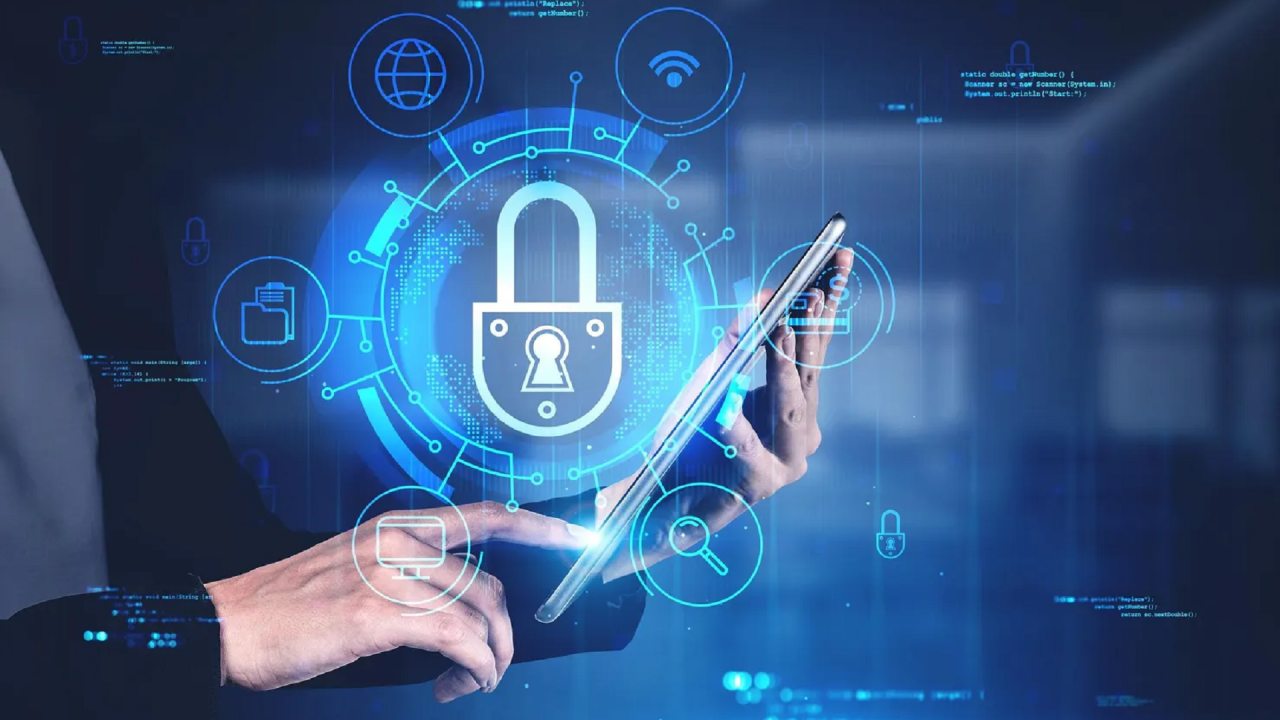Securing the Future: Advanced Technologies for Robust Cyber Protection
- By -Mash
- Posted on
- Posted in Security Technology
As cyber threats become increasingly sophisticated, the need for advanced security technologies to protect digital assets has never been greater. From cutting-edge encryption methods to AI-driven threat detection, the latest innovations in security technology are setting new standards for safeguarding information and systems. This article explores the most effective technologies currently shaping the landscape of cyber protection and how they contribute to a more secure digital environment.

Cutting-Edge Encryption Techniques
1. Quantum-Resistant Encryption
Quantum computing poses a significant threat to traditional encryption methods. Quantum-resistant encryption is designed to withstand the powerful computational abilities of quantum computers. By utilizing advanced mathematical algorithms, this technology ensures that sensitive data remains secure even against future quantum attacks.
2. Homomorphic Encryption
Homomorphic encryption allows for computations to be performed on encrypted data without decrypting it first. This technology ensures that data privacy is maintained while still enabling meaningful analysis and processing. It is particularly valuable for secure data sharing and cloud computing applications.
AI and Machine Learning in Cybersecurity
1. Real-Time Threat Detection
Artificial Intelligence (AI) and Machine Learning (ML) are revolutionizing cybersecurity by enabling real-time threat detection and response. AI systems analyze vast amounts of data to identify patterns and anomalies that may indicate a security breach. This proactive approach helps in detecting threats before they can cause significant damage.
2. Automated Incident Response
AI-driven security systems can automate incident response processes, reducing the time required to address and mitigate threats. Automated responses can include isolating affected systems, blocking malicious traffic, and applying patches, thus minimizing the impact of security incidents.
Advanced Authentication Methods
1. Multi-Factor Authentication (MFA)
Multi-Factor Authentication (MFA) enhances security by requiring multiple forms of verification before granting access. This method typically combines something you know (like a password), something you have (such as a smartphone), and something you are (biometric data). MFA significantly reduces the risk of unauthorized access.
2. Biometric Authentication
Biometric authentication uses unique physiological characteristics, such as fingerprints or facial recognition, to verify identities. This technology offers a high level of security and convenience, as biometric data is difficult to replicate or steal.
Security for Emerging Technologies
1. IoT Security Solutions
As Internet of Things (IoT) devices become more prevalent, ensuring their security is crucial. Advanced IoT security solutions include device authentication, secure communication protocols, and real-time monitoring to protect against vulnerabilities and attacks targeting IoT networks.
2. Cloud Security Innovations
Cloud security is essential as more organizations migrate to cloud environments. Innovations in cloud security include advanced encryption, identity and access management (IAM), and continuous monitoring to safeguard cloud-based data and applications from unauthorized access and breaches.
Proactive Security Measures
1. Threat Intelligence Platforms
Threat intelligence platforms provide valuable insights into emerging threats and vulnerabilities. By analyzing data from various sources, these platforms help organizations stay ahead of potential attacks and implement effective security measures based on current threat landscapes.
2. Security Awareness Training
Human error remains a significant factor in security breaches. Comprehensive security awareness training programs educate employees about best practices, phishing threats, and safe online behavior. Empowering users with knowledge is a proactive measure to reduce the risk of security incidents.
Conclusion
Advanced security technologies are essential for protecting digital assets in an increasingly complex threat landscape. From quantum-resistant encryption to AI-driven threat detection and proactive security measures, these innovations are setting new standards for robust cyber protection. By adopting these technologies, organizations can strengthen their defenses, safeguard sensitive information, and stay ahead of emerging cyber threats, ensuring a secure future for their digital operations.



